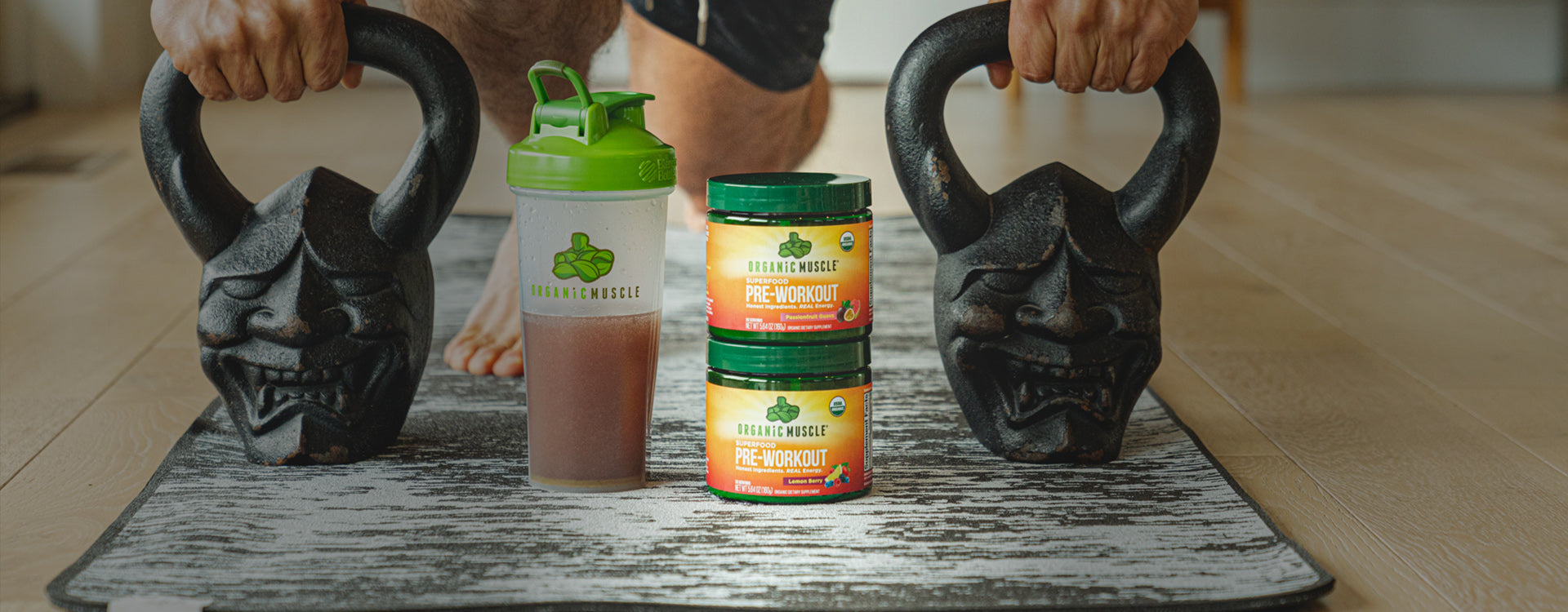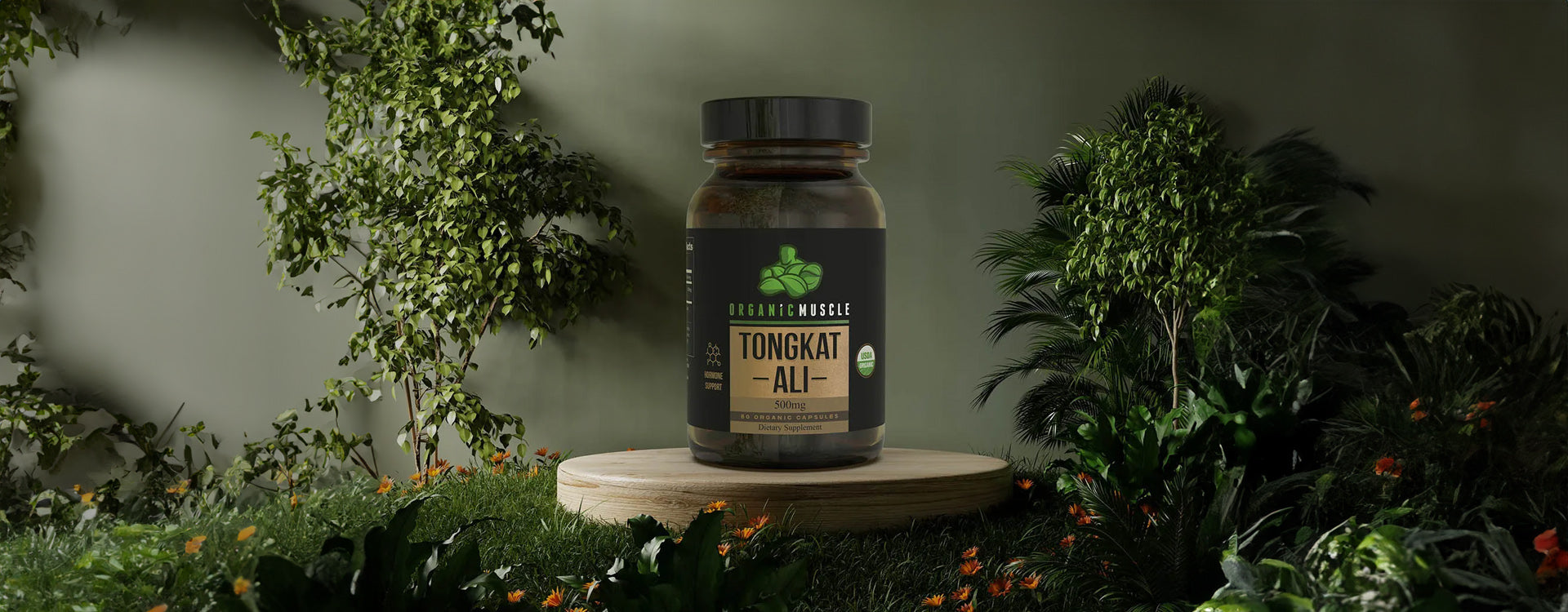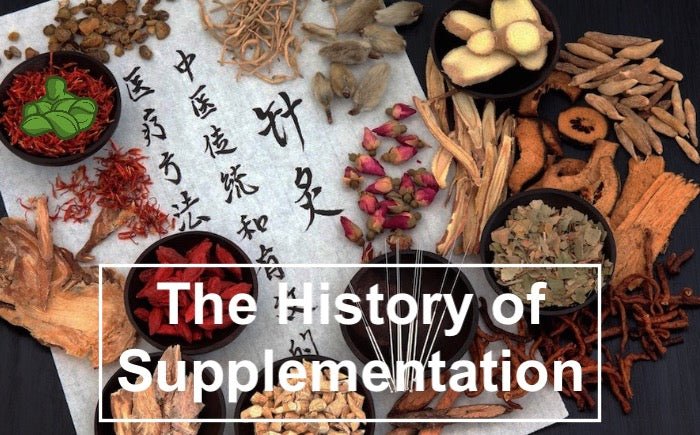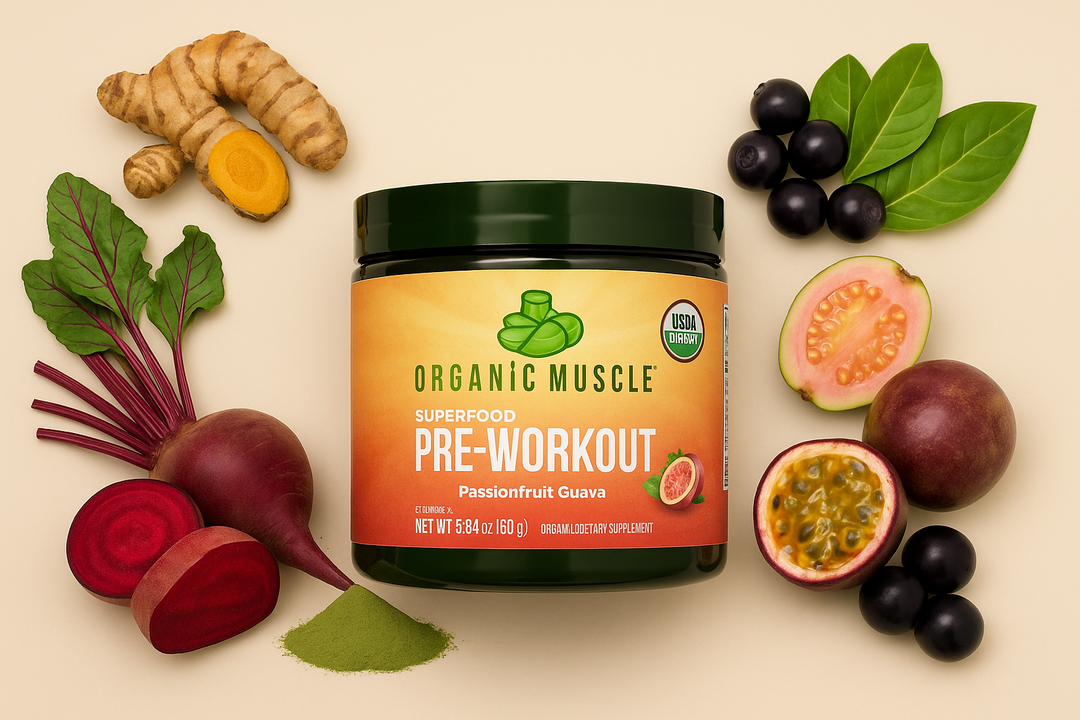While supplementation is something most people hear about now a days, it hasn't had this mainstream popularity for that long. In fact, not too long ago the weirdo "health nuts" were the only ones using supplements. Then came the increase in demand for protein powders, pre-workouts, post-workouts and other fitness supplements from the bodybuilding community. Which spilled into the athletic community to help power high performance athletes. This caused the information to get out to the public on the benefits to these supplements, leading us to the present day where even the busy stay at home mom uses supplements to fill nutritional gaps, boost energy, replace a meal like breakfast and more! But, where did this story of supplementation really begin?
First off, we need to go over the definition of what a supplement actually is. A dietary supplement is a manufactured product intended to supplement the diet when taken by mouth as a pill, capsule, tablet or liquid. Herbal supplements are made of herbs and botanicals. A botanical is a plant or plant part valued for its medicinal or therapeutic properties, flavor and/or scent. Herbs are a subset of botanicals. Products made from these botanicals are used to maintain or improve health and are referred to as herbal products, botanical products or phytomedicines.
So, to really get a grasp on the history and use of supplements, we must look at them as any herb or plant that was used to promote health or generate a desired effect. After all, as defined by Congress in the Dietary Supplement Health and Education Act, which became law in 1994, a dietary supplement is a product that contains one or more dietary ingredients (including vitamins; minerals; herbs or other botanicals; amino acids; and other substances) or their constituents.
This guideline can take us back thousands of years, to the first records of herbal supplementation. Among the oldest records of supplementation and herbal medicine are the ancient practices of Ayurvedic and Traditional Chinese Medicine's. These ancient traditions have used powerful plants and herbs to treat illness, improve longevity, boost energy and more.
Ayurvedic medicine is one of the world's oldest medicinal systems. Originating in India more than 3,000 years ago, it still remains as one of the country's traditional health care systems. Its concepts about health and disease promote the use of herbal compounds, special diets, and other unique health practices.
Ashwagandha is one of the most important herbs in the Ayurvedic medicinal system. Used for thousands of years to relieve stress, increase energy and improve concentration. It is classified as an "adaptogen," meaning that it can help your body manage stress. Ashwagandha can also lower blood sugar, reduce cortisol, boost brain function, help fight anxiety and depression, as well as increase testosterone, muscle mass, and strength. This herb poses even more benefits to women as well.
Not too far off from the ancient Ayurvedic system is Traditional Chinese Medicine. For more than 2,500 years this medicinal system has used herbs, acupuncture, massage, exercise and dietary therapy. These methods can be particularly effective for complex diseases with multiple causes, including metabolic diseases, chronic and degenerative conditions and age-related diseases.
Medicinal mushrooms are one of the plants and herbs used in Traditional Chinese Medicine. These are edible fungi packed with vitamins, minerals and other nutrients that promote health and wellbeing. Medicinal mushrooms have been used to promote stronger immunity, help fight fatigue and balance hormones, as well as provide anti-cancer properties and control the body's stress response.
One of these forcible fungi is the maitake mushroom. Native to parts of Japan, China and North America, this mushroom has been used for thousands of years. “Maitake” means dancing mushroom in Japanese, which is said to have gotten its name after people danced with happiness upon finding it in the wild.
It is a type of adaptogen mushroom that assists the body in fighting any type of mental or physical difficulty. These adaptogens also work to regulate the systems of the body that become unbalanced. While the maitake has been used for thousands of years in Japan and China for its promises of health, vitality and longevity, it has only gained popularity in the United States over the past twenty years.
Now, new studies are bringing forth even more evidence of the benefits that these mushrooms can provide. In 2013, a study was done showing that powdered maitake extract lowered cholesterol levels in mice. The mushrooms ability to help improve type 2 diabetes was tested in a 2015 study, proving that it can have a positive effect on the glucose levels of rats. This means it has promising potential to treat type 2 diabetes in humans.
As you can see, supplementation has a history that dates almost as far back as we do. It is something of a tradition in some cultures and a staple of traditional medicine in others. With it's recent resurgence and rise in popularity, one thing is for sure, supplementation isn't going anywhere. It's going everywhere!

















